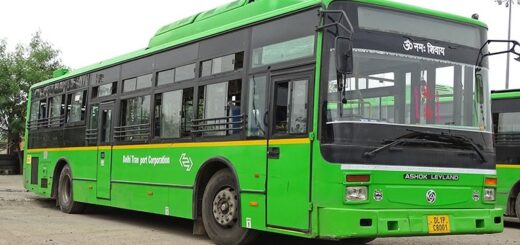With the rupee breaching the psychological barrier of 60 versus the US dollar (*INR 80 per USD since mid-2022), buyers may need to shell out more for new cars as it is usual for the companies to pass the heat to consumers to meet their presumptive losses due to depreciating value of the Indian currency.
Of course, it is not that easy too. The car market in India is so gloomy that in the first two months of this fiscal year itself, passenger vehicle sales have fallen by 8.56 per cent. Consumer sentiment on new car purchases is already low owing to economic sluggishness and higher interest rates. Reeling under heavy pressure, sharp rise in pricing of cars may not help the companies to meet their sales targets.
But if such a situation persists, a price rise would be the most preferred option for them to counter the adverse forex impact. This passes the additional costs on to the consumers of their products. Automakers such as Toyota, Ford Motors, Mercedes Benz and Audi are keen in revising the prices of their vehicles at the end of this month. Honda has already raised the prices of all its cars. Others are closely waiting for a right time.
Over 11 percent drop in the rupee value in last two months has hit hard our auto companies, raising their import costs sharply. Every imports are valued in US dollars and thus increases the landing costs. They now have to tweak their sourcing policies of various automobile parts and work to increase localisation of such components. While they lose at increased imports, they gain on the exports. So, mid-term focus would be additionally on scaling up exports as well. Major exporters such as Hyundai, Toyota, Renault-Nissan, etc. would try to expand their exports, especially to non-European markets. India’s automobile exports are said to cross $12 billion by 2014.
On the industry front, depreciating rupee would lead to lower growth prospects. This would in turn seriously hurt investments in the automobile sector by cutting capital inflows. Companies would skip their manufacturing expansion plans and would also affect the localisation process of auto parts.
The impact of depreciating rupee on consumers is not limited to dearer durable goods (not just cars). Car buyers would face the nightmare of high EMI rates as cuts in interest rates by the RBI (Reserve Bank of India) is unlikely to occur. Higher fuel prices is the next demon. Already the gap in the prices of petrol and diesel is diminishing. With sliding rupee value, frequent hike in their prices would be recurring.
The worst part is that we would be paying more for fuel even though global prices of crude oil have hit a year-low. A really tough time for the Indian auto industry. Not just the companies, consumers do suffer fairly.











